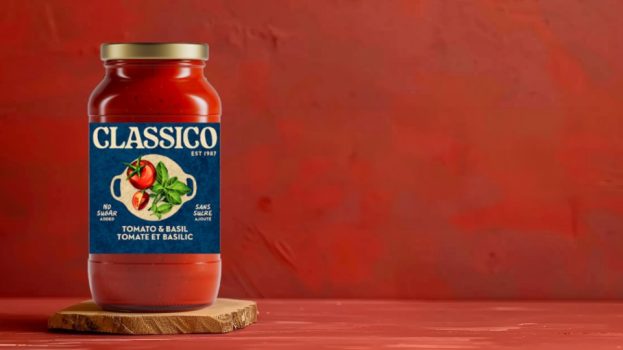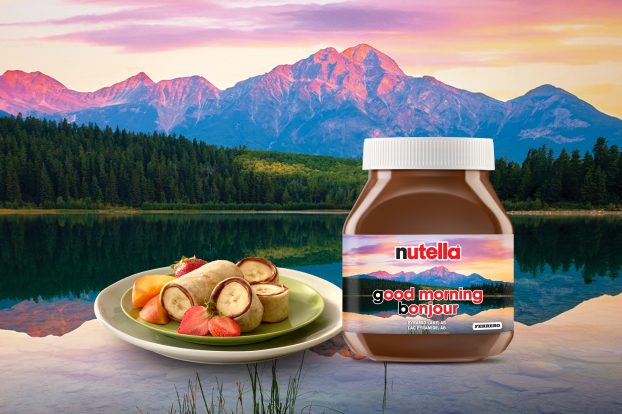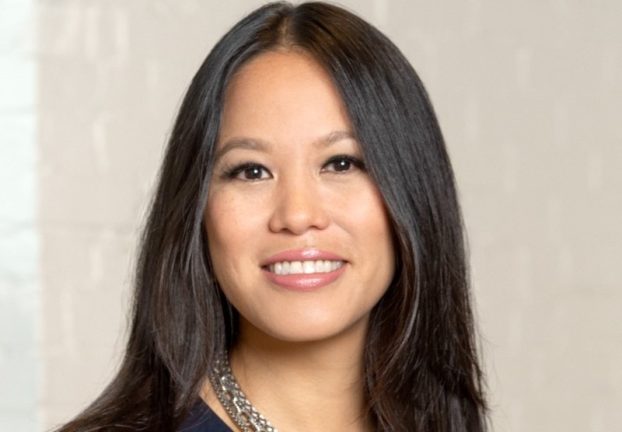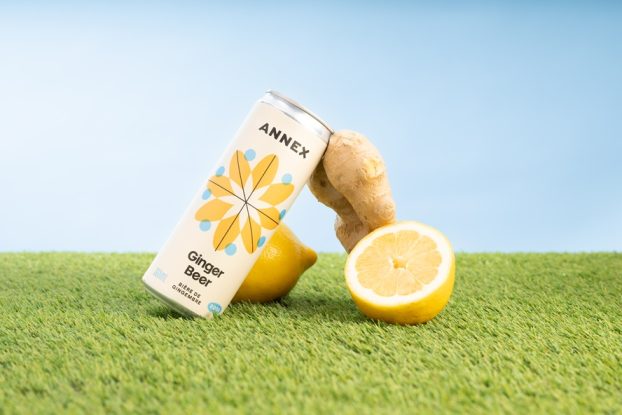 Creativity holds no prejudice, as once-specialist shops give birth to big ideas, like Edelman’s bubble clothing line for Osteoporosis Canada.
Creativity holds no prejudice, as once-specialist shops give birth to big ideas, like Edelman’s bubble clothing line for Osteoporosis Canada.
This story originally appeared in the Summer 2019 issue of strategy.
If Toronto Fashion Week is about making statements, models representing Osteoporosis Canada would have fit right in this year. The non-profit used the occasion to launch “Bübl x David Dixon,” a fashion collection featuring bubble wrap that visually represented the two million Canadians affected by osteoporosis.
As the org’s agency partner, Edelman’s role may have once been limited to promoting the effort through PR and social. But this time it managed all elements of the campaign, including creative. For Andrew Simon, Edelman’s CCO, it’s just one example of the kind of creative-led, channel-agnostic work more clients are asking for.
Today, the number of canvasses at creatives’ disposal has grown tenfold. Shops traditionally specializing in shopper, PR, UX, design, AR or VR, mobile, CRM and other disciplines are increasingly being called upon to put on their thinking hats and deliver big ideas that fit seamlessly into the creative mix.
Jessica Willis, VP and ECD at Mosaic North America (an agency with roots in shopper) believes the stigma once associated with being a non-traditional or below-the-line agency has largely eroded.
“In the past, you went to your above-the-line agency for ideas and below-the-line agency for tactics,” she says. “There’s no longer the omnipotent agency that actually has to hold the idea themselves.”
In fact, through an existing relationship with Labatt, Mosaic was named AOR for the Stella and Corona brands in 2018, and it recently picked up Andrew Peller’s business as well. Both clients were looking for big creative ideas that could be transposed into the tactical retail environment, she says.
Over the last couple of years, Mosaic has executed several full-spectrum campaigns. For Dave’s Killer Bread, it created Club Fed, an immersive Toronto pop-up (staffed, in part, by former convicts), leading creative, PR, influencer, production and design. And, in early 2017, it oversaw digital, production and content for the “BMO200 Fountain (above),” an interactive sculpture allowing users to make a wish through a digital coin toss.
Speaking from Dave’s Killer Bread’s perspective, Rachel Leung, senior brand marketing manager at Weston Foods, says that – as consumers are bombarded with messaging on social, and as they begin to spend more on things like experiences and travel – her company’s advertising needs have changed.
She believes that below-the-line aspects of marketing are now “critical to deliver those meaningful more grassroots authentic experiences and engagements.”
The Club Fed activation, Leung adds, was a good example of Weston’s need to create a “remarkable story to connect with,” as more brands are needing to anchor their storytelling in “a universal human truth that hits upon a cultural tension”– something she says Mosaic achieved by being channel-agnostic.
Simon concurs that there’s been “more recognition of how all these different aspects feed into the power of the brand.” Customers interact with brands in a growing number of places, be it in-store, on social or on mobile, incentivizing marketers to invest more in those spaces, says Willis. Bringing creativity into those channels enables brands, particularly those with limited budgets, to leverage their creative concepts with maximum impact.
It’s also about bringing a level of consistency to client work, says Ryan Booth, creative director of design at Zulu Alpha Kilo. He says clients appreciate design teams’ ability to help bring a consistent tone and voice to various elements of a campaign. “We can come in and take these disparate parts and find a visual language that ties them together.”
Today, Booth notes that Zulu’s design team is at the table much earlier than traditionally expected. “I’m involved in crafting strategy, helping with briefs,” he says. “I spend time in strategy, development with clients and our larger strategy and account team. And that’s not specifically on design projects.”
Changing demands have expanded agencies’ remits, and Matt Di Paola, managing director at digital shop Huge, says the most important thing is keeping the customer at the centre. “The more an agency can approach the work from the way a user wants to interact with a brand,” he says, “the better the work.”
Simon claims Edelman was among the first PR agencies to recognize it had to “up our game in the area of creativity” and has since made creative thinking a major investment focus, both in Canada and abroad.
Simon first joined Edelman as ECD for Canada in 2015 (replacing Jordan Doucette, who first held the role in 2014) and has since led creative projects for clients including Dove, HP, ASICS, Adobe and retailer REI. And in February, Edelman named former Leo Burnett Canada CEO and CCO Judy John as its first global CCO, a move Simon says will help “supercharge” its efforts to deliver a more creative-led communications offering.
Simon says the shop’s looking for the right talent mix. Finding a balance, he says, means looking for people with diverse backgrounds, like journalists and other storytellers.
To ensure ideas are properly executed, Willis says the agency looks beyond the typical writer-art director pairing, opting instead to match creatives with specialists across retail, experiential, package design and other disciplines. This enables the agency to create teams best suited to answer any given brief, she says, rather than “sticking to those silos.”
Over at Huge, Allen Oke arrived from Zulu Alpha Kilo in 2017 as its ECD. Once known for its strengths in UX, product and digital product design, Huge’s offering now includes six design disciplines. Since the hiring of Di Paola in October 2018, the agency also continues to grow and bolster its ability to deliver new kinds of experiences for brands – a move that requires heavy upskilling.
Hiring the right talent to deliver on its new strategic focus is not easy, however. Oke says he compartmentalizes creative disciplines into two buckets, to help identify the resources needed. On the one side, there’s creative work that is “felt and experienced” but ultimately never “seen” by the customer, such as UX and conversational design. On the other, there’s more traditional forms of creativity that are visible to the end user, such as design, art and copy.
Today, Huge peddles in both forms. Over the last year-and-a-half, he says, the agency has been increasingly asked to deliver work that runs from brand identity to in-store experiences.
This requires leveraging teams from both creative “buckets”: the traditional skills needed to build brand identities (the visible) eventually tails off into more UX-focused disciplines (the invisible), returning to more tangible creative during the go-to-market phase.
“In my old days, advertising would come at the end [of branding],” Oke says. “These folks are now part of the whole process, so they understand intrinsically how the experience is, and when they… come up with concepts for how it should go to market, it makes sense for the entire program.”
One may be tempted to characterize the evolution of creative disciplines as “creative creep,” but that would miss the mark, insist both Simon and Oke.
It’s not so much a creeping as it is redefining of what creativity means today. It’s creeping in the sense of expanding agencies’ remits and the definition of creativity itself, Oke notes. “But it’s an expansion of creativity that needs to happen for the way the world has changed to the needs of the users.”
























